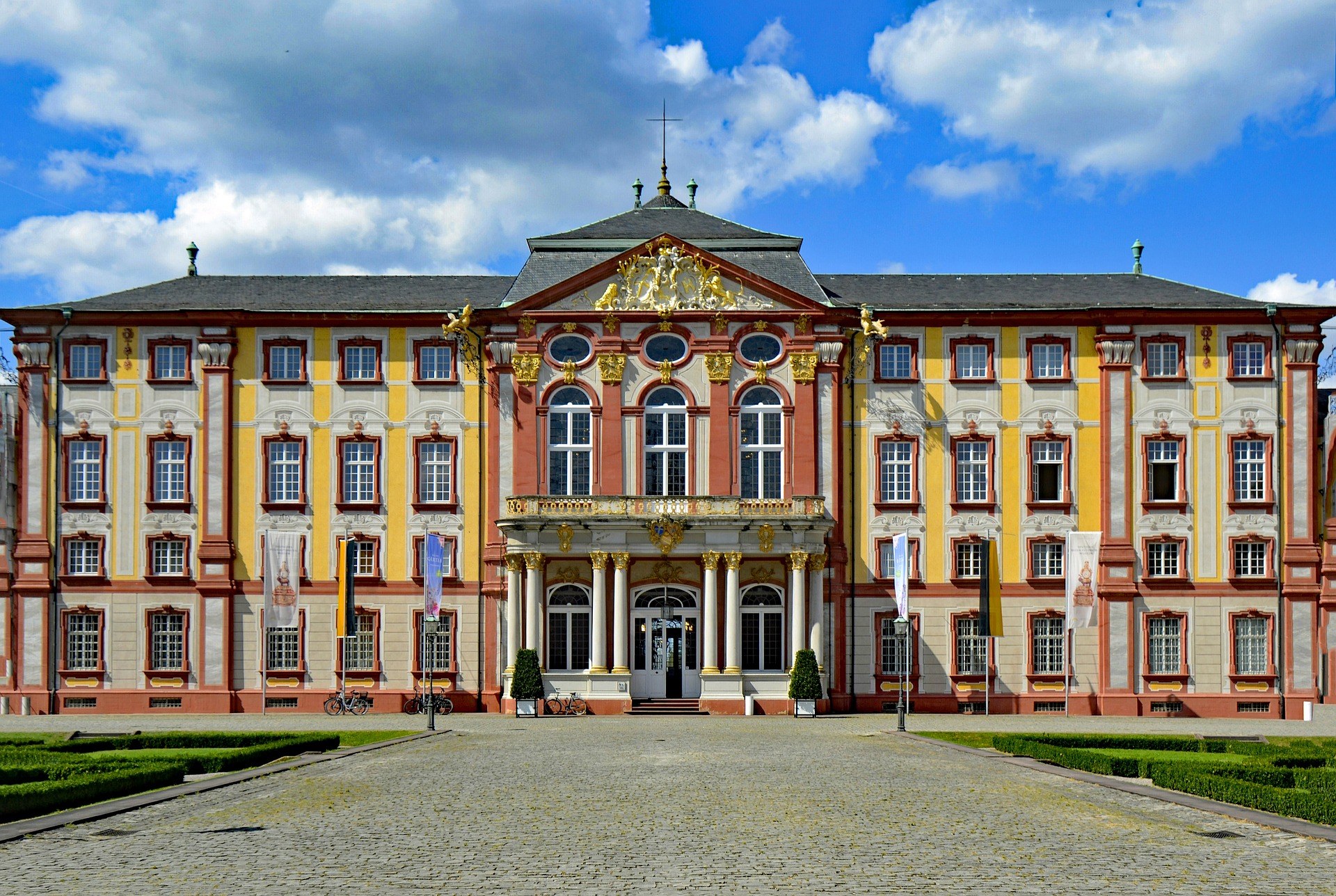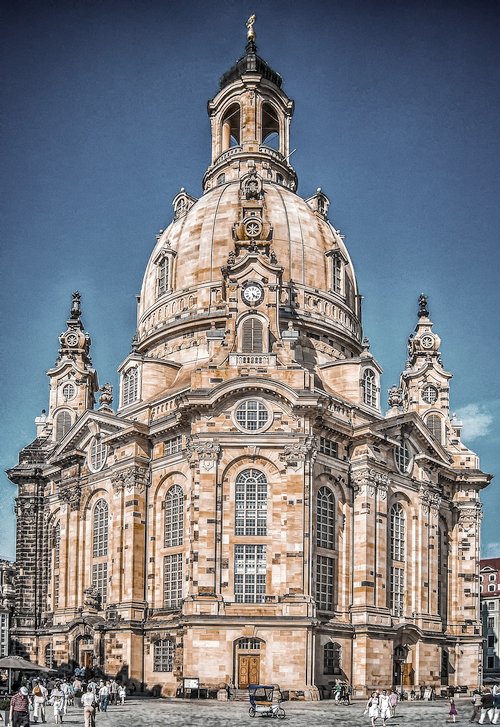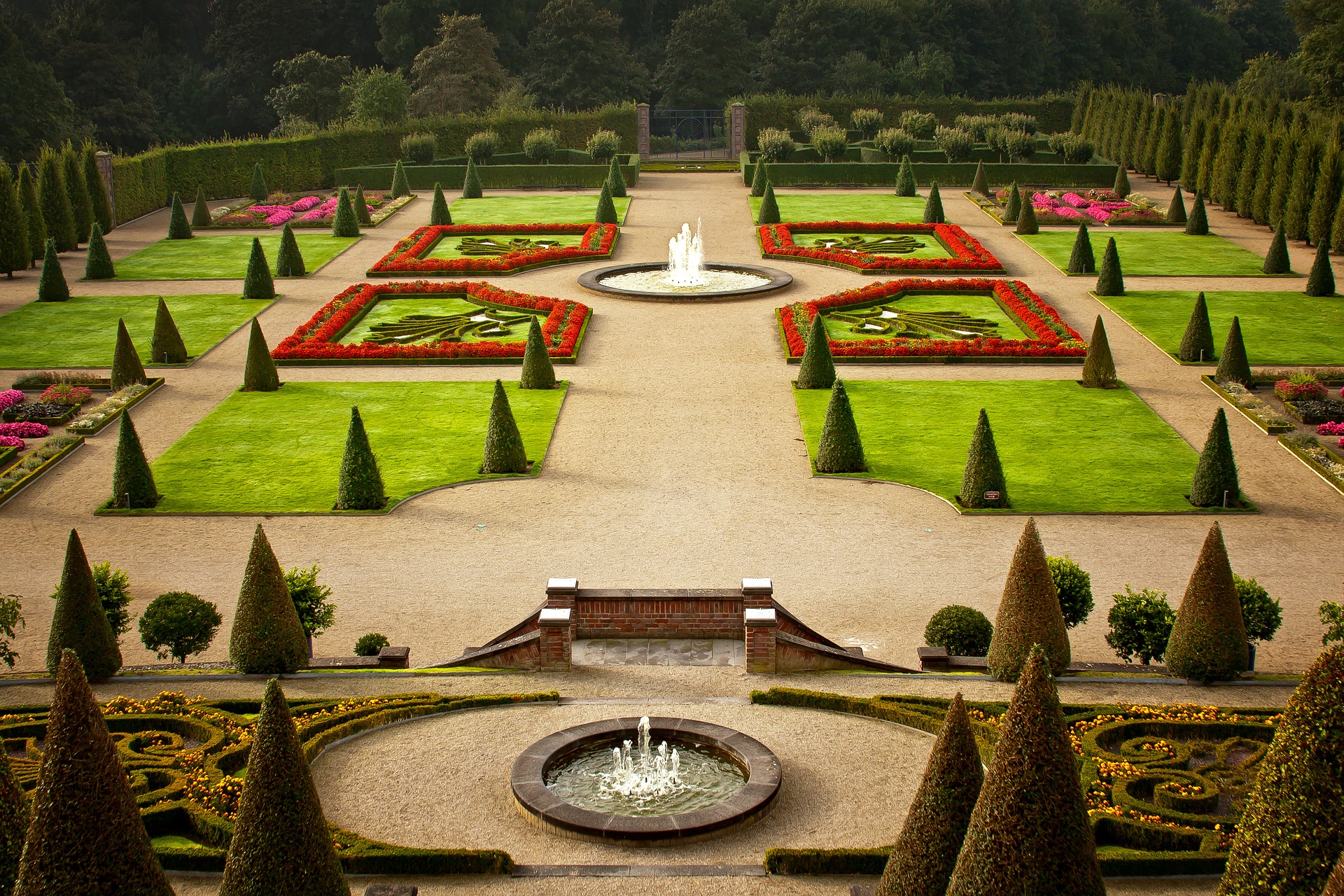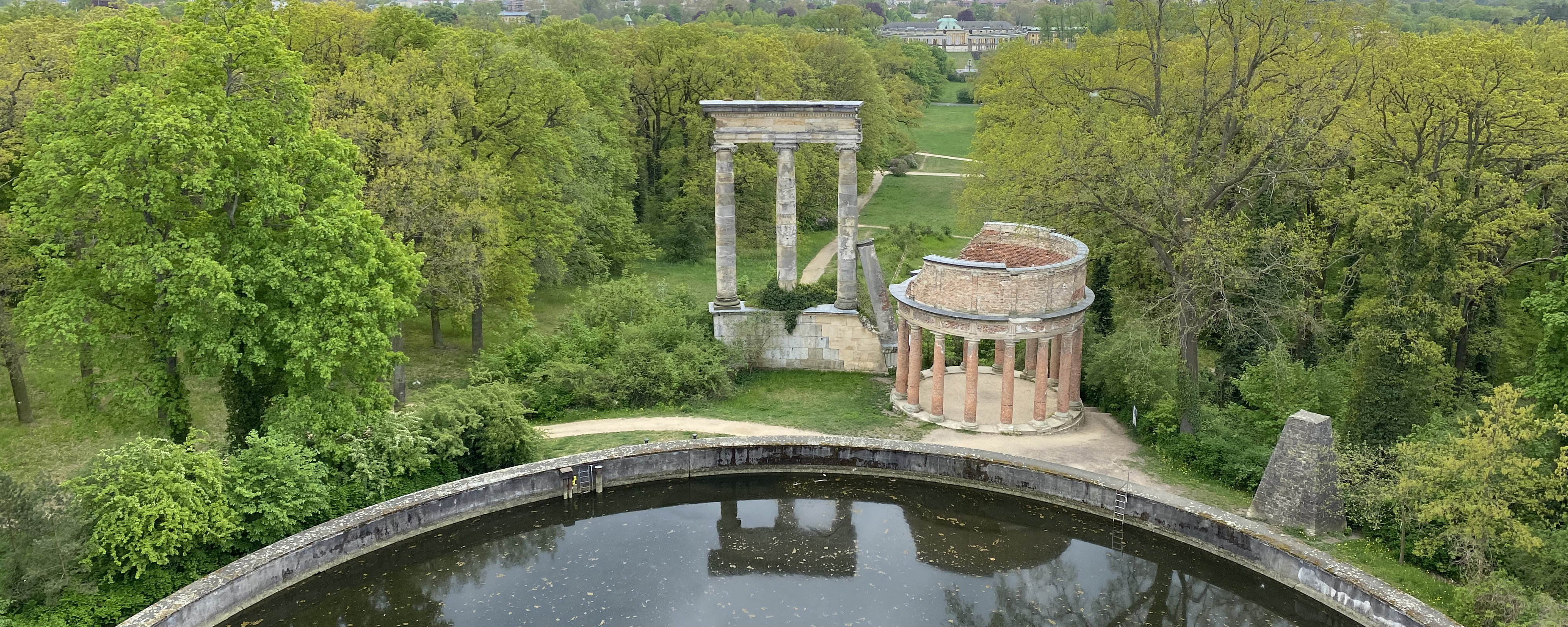


Initial situation
Extreme weather events due to climate change do not only affect nature. Historic buildings, collections and historic parks and gardens can also be affected by extreme weather. Assessing the extent to which cultural assets are endangered by such weather and climate events is an interdisciplinary task that requires the cooperation of historians, meteorologists, monument conservators, restorers and engineers. However, this discussion hardly takes place in Germany at present, both on a scientific and social level. The KERES project is intended to contribute to finding answers to the following questions:
- What security risks arise from extreme weather events that are increasing in both frequency and magnitude?
- What adaptation strategies need to be developed for Germany?
Project objectives
The scientific and/or technical work objectives of the project are as follows: .
- Select the most critical building typologies in Germany that may be particularly affected by extreme weather events. The selection is based on literature research as well as on experiences and the state of research on similar categorisations in other countries (Italy, England, Scotland, Scandinavia)
- hygrothermal building simulation of
- Building components (e.g. timber beams of half-timbered houses, walls or pile foundations in the ground)
- Room climate in historical buildings affected by extreme weather situations.
- Evaluate the impact of extreme wind events on historic structures and the tree population in historic landscape gardens. This will be done by means of simulation-based damage assessment using the example of a historic building and a historic landscape garden.
- Comparison of different models to simulate the progress of stone weathering. Stone weathering can lead to instabilities, spalling and cracks that can damage the object itself as well as endanger visitors and staff, e.g. through falling components. It is important to develop parameters and approaches in order to be able to formulate suitable weathering models.
Project outcome
In the course of the project, a knowledge platform with a topic-specific ontology will be built in close cooperation with and with the active participation of the relevant stakeholders or potential users. The aim is to create the highest possible degree of user orientation so that the knowledge platform is used in the long term and sustainably. The platform is flanked by an app, which is also being developed in the course of the project. The combination of knowledge platform and app will create a tool that will facilitate the implementation of adaptation strategies to protect cultural assets from extreme weather events. This tool can then be used both in emergency management, but also in prevention.
In order to sustainably secure the project results and the knowledge platform, the project will develop an implementation model and identify an operator who will transfer the knowledge platform to the cultural heritage market after the end of the project and continue to operate it with the greatest possible social benefit.
 Fraunhofer Institute of Optronics, System Technologies and Image Exploitation IOSB
Fraunhofer Institute of Optronics, System Technologies and Image Exploitation IOSB 